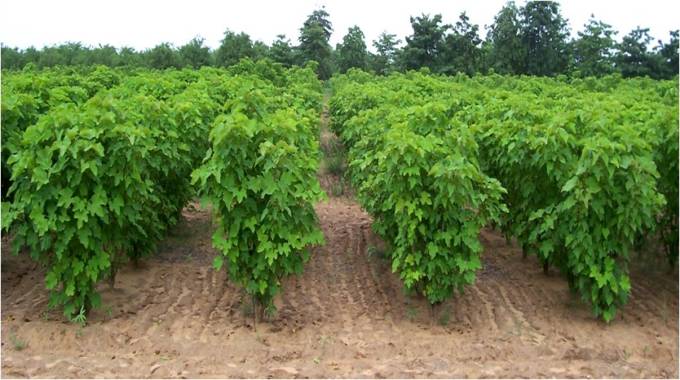
Martin Kadzere
The Mount Hampden bio-diesel plant — built in 2008 when the country sought to reduce fuel shortages and cut the fuel import bill — has been transferred to the Ministry of Higher and Tertiary Education, Innovation, Science and Technology Development, which is now working on putting it in operation on a commercial basis, a senior Government official said.
Situated about 20 kilometres north-west of Harare, the plant, which gobbled about US$13 million, never operated on a commercial basis due to limited supply of jatropha seed.
Until its transfer, it was under the Ministry of Energy and Power Development.
The plant has the capacity to produce up to 100-million litres of biodiesel per annum when fully integrated and supported by sufficient feedstock.
“The plant is now under my ministry since March and we are now working with scientists to make sure that it works…processing all kinds of oilseeds including cotton and soyabeans,” Minister Amon Murwira said.
A strategic meeting was reportedly held in April this year to seek a plan of action on ensuring adequate feedstock, and this would be unveiled “in the next three months”.
“We are happy with the progress made since the plant was transferred to us,” he said.
Government had planned to transform swathes of land into “oil fields” but the project failed due to constraints in supporting farmers.
Some studies had shown that to achieve sufficient yields to keep the plant running, jatropha plants should be at least three metres apart, thus producing it on a commercial basis would have significantly compromised land for food crops.
However, it was argued that since the plant could be grown on semi-arid land, it did not pose a threat to the production of food crops since it could not compete for prime land with food or feed crops.
In 2007, the then National Oil Company of Zimbabwe (NOCZIM), a State-owned fuel procuring entity, was tasked to promote production of jatropha for the biodiesel programme. Several strategies to produce adequate supplies between March 2007 and April 2010 were adopted.
The first season’s (March 2007-April 2008) focus was on making available adequate jatropha seedlings for planting, according to a report by USDA Foreign Agricultural Service.
Interested farmers with adequate land and irrigation infrastructure were contracted to set up large low-cost nurseries for supplying seedlings to growers.
Farmers and institutions with adequate land were also invited to establish jatropha plantations under contract.
However, in the first and second seasons of the project, most farmers planted jatropha as hedge plants after failing to raise funds.
Even a few outgrower schemes introduced in Mudzi and Mutoko failed to take off.
Some analysts argue that it was premature for Zimbabwe to have a plant of that nature in the absence of vibrant outgrower schemes to produce feedstock for the factory.
According to Government, the project was supposed to substitute about 10 percent of diesel imports.
Currently, biofuel production in Zimbabwe is mainly centred on sugarcane-based ethanol being produced by Green Fuel at a large scale.
Sugarcane producer Triangle Limited – a unit of Tongaat Huletts – is also producing ethanol for power generation.
Zimbabwe started producing ethanol for petrol blending in the 70s to bust the sanctions imposed on Ian Smith regime but stopped after production slumped due to droughts.
